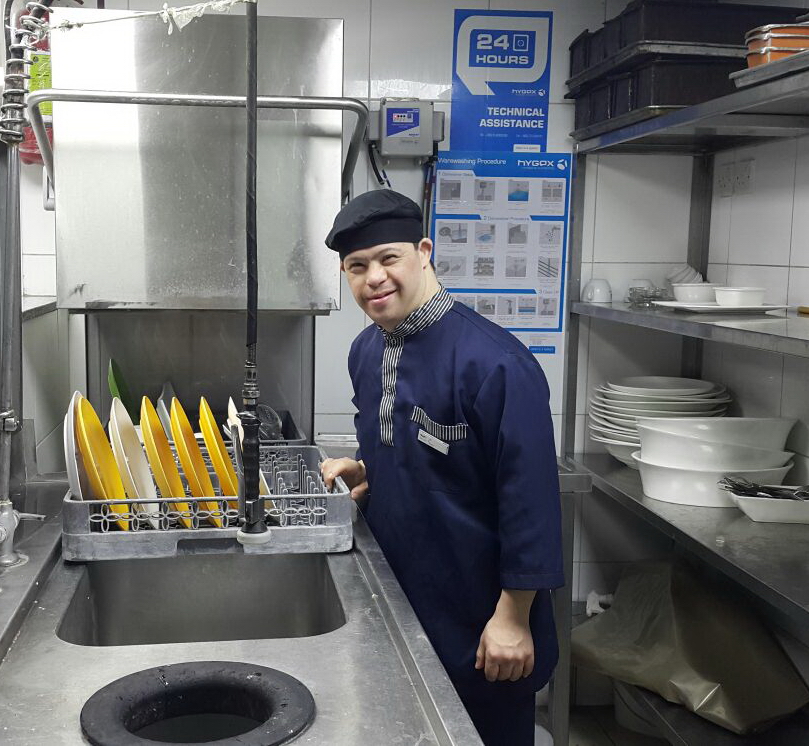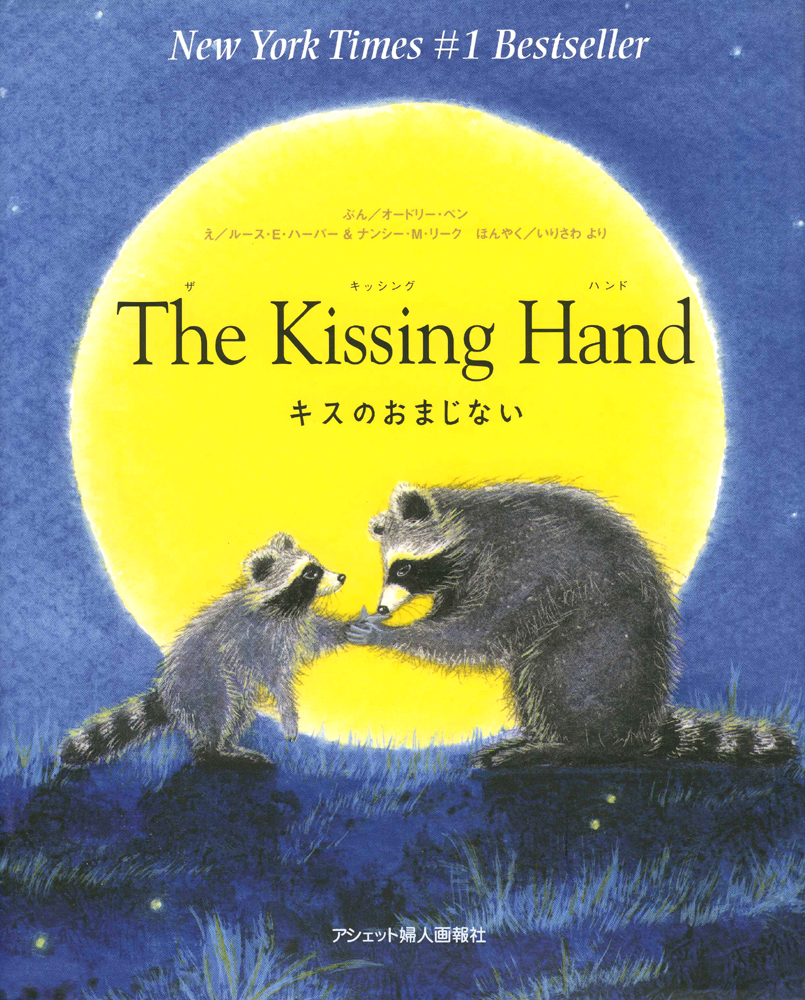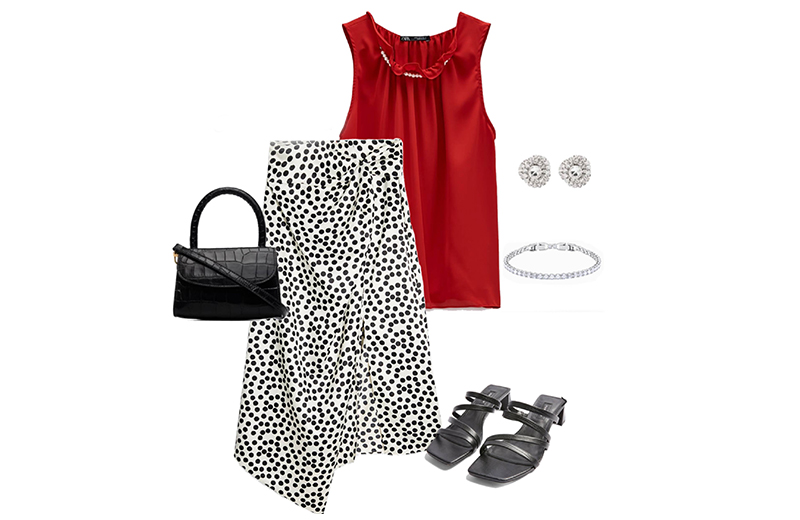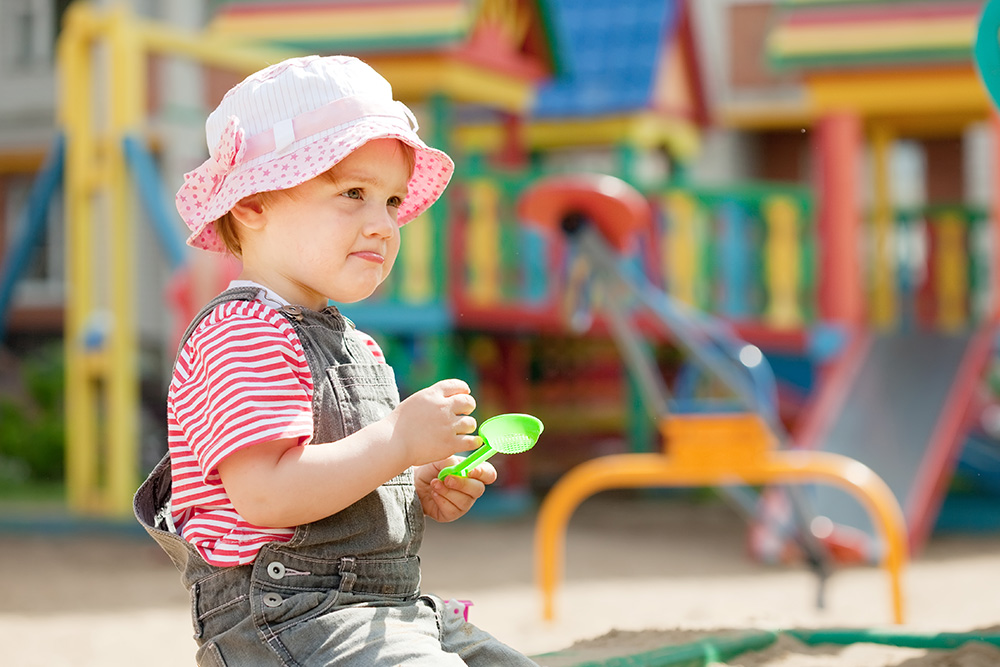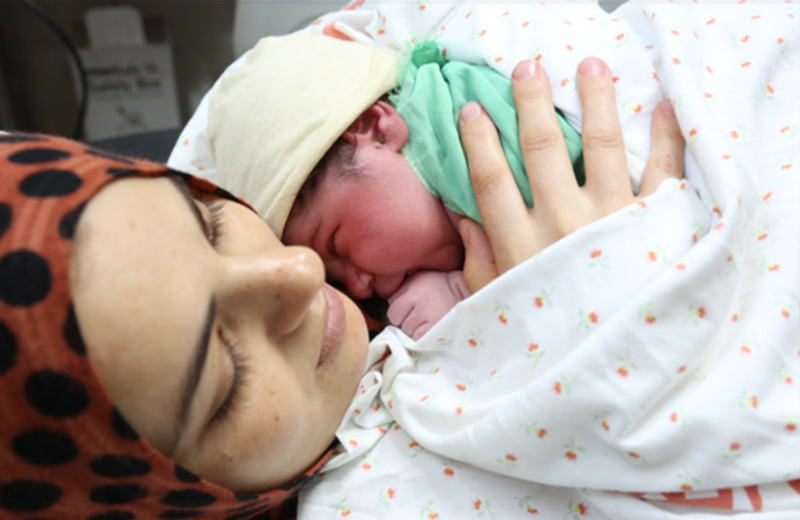Preschoolers 3-4 Years
What are these terrible tantrums all about?
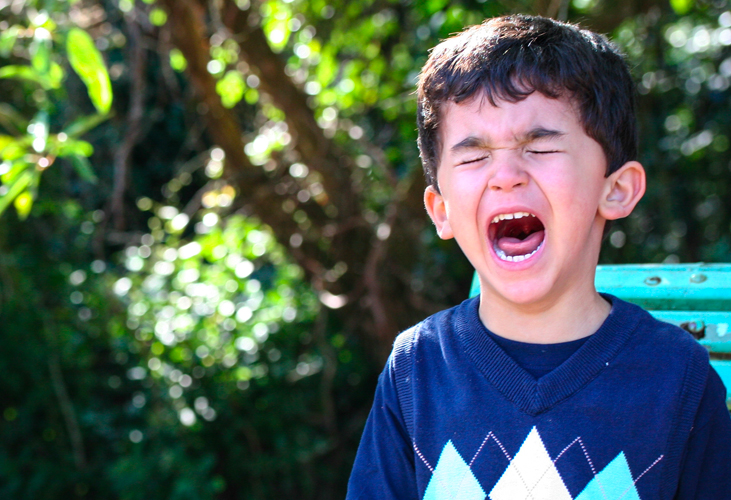
As parents, all we see is the absolute chaos unfolding before our eyes: kicking, screaming, crying, and more kicking. And screaming. And crying. Behind these outbursts is an intricate web of cognitive and emotional development playing out in real time. Between 18 months and three years old, your tot is learning so much about the world and how to regulate himself in relation to everything (and everyone) around him. Many times, a tantrum is trying to communicate, “system overload!” Let’s look at the highlights of social and emotional development in children ages 18 months to three years old:
- Toddlers are just becoming aware they are separate individuals from their parents.
- They are eager to assert themselves, communicate their likes and dislikes, and act independently.
- They have limited self-control and are just beginning to learn important behavioral skills like waiting, sharing, and taking turns. (Check out this full article on Sharing.)
- Toddlers are big on self-assertion and use of the word “no.” Hence the nickname “the Terrible Twos!” But this isn’t necessarily a bad thing. Your toddler is trying to learn and discern how to set limits.
Keep in mind your toddler might just need more help managing his emotions. He might be relying on actions—even physical aggression—to communicate strong feelings since his verbal skills are still very limited. He is trying to communicate how he feels, and that’s not always easy. Even for us big kids! Toddlers also lack the self-control to stop themselves from acting on their feelings. This is largely related to natural brain development.
So how do I deal? When dealing with toddler meltdowns, think about your little one’s environment and what could be causing him to behave this way. Is he overly stimulated by a new place or too many new faces? Is he tired? Hungry? Recognizing your child’s common triggers can help you minimize unwanted incidents. Browse this list of preventative and follow-up tips:
- Give advanced notice and a heads-up. “In five minutes we are going to put on our shoes and go out. Would you like to wear your red shoes or your blue shoes?” Giving your tot a choice is also great at this stage because it offers him a sense of control. Just make sure you’re okay with either option you give him!
- Name and label feelings. Validate him when he is feeling frustrated. “I know it’s hard putting on your shoes when you’re having so much fun. But we are going to see teta!” Put enthusiasm into it; kids love to see their parents excited, and it can act as a good distraction. At the same time, recognize why your toddler is upset and don’t downplay his feelings.
- Stay calm during fits of aggression. If you need to, leave the room and collect yourself (only after ensuring your toddler can’t hurt himself). Not only will this help your self-control, but little one will calm down more quickly, too. If he sees you frustrated, his frustration will increase.
- Be consistent and firm. Don’t shout or use belittling statements. Instead, use a flat and firm tone indicating his behavior is not acceptable. “No hitting. Hitting hurts.” Try gently taking his hands and holding them by his side. Incorporating body language helps him to see and feel “no hitting” at the same time he hears you saying it.
- Follow through. If mom says, “No, you can’t play with that,” then mom’s word is final. Once you say something is not allowed, act on it. If you give in, your toddler learns throwing a fit will get him what he wants. And it makes it harder the next time you try to enforce a limit.
- Offer alternatives. Let’s say your toddler is playing with his food. Tell him he needs to stop now, and as soon as he’s done eating you’ll pull out the play dough for him.
- Redirect your child’s attention to a new and appropriate activity if he is exploring something you don’t want him to play with.
- Let him thrash it out. If he isn’t hurting himself or anyone else, you can choose to ignore a tantrum—especially if you think your tot is trying to manipulate you. Let him cry it out; heck, we all need to sometimes! Choosing to not respond to his outburst communicates mom cannot be manipulated. When he’s a bit older, you can teach him how to better express his emotions and avoid tantrums altogether.
You need to read your toddlers cues. Sometimes he might just be having a bad day and need some extra cuddle time with mama. Try holding him close, taking him to a quiet corner, and speaking to him in a calm, soothing voice. Expressing affection, comfort, and acceptance gives him a sense of security in the midst of his strong emotions. Attending to him in this way teaches him he can trust you with his feelings and turn to you when he’s upset.




